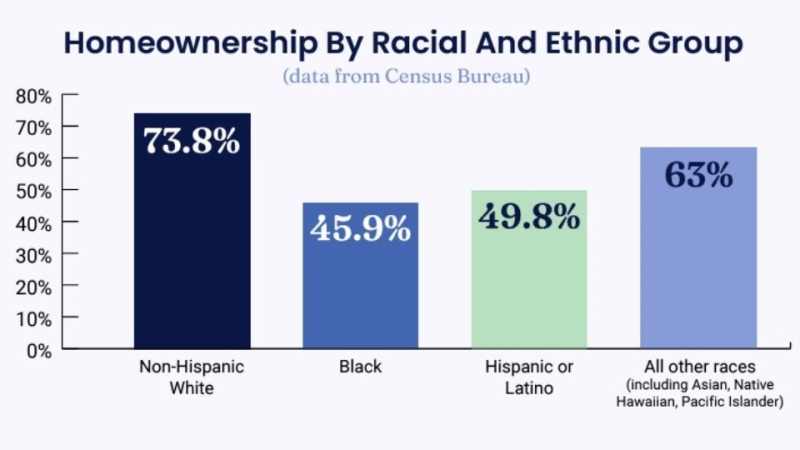FHA MMI Fund Tops Two Percent Threshold

For the first time in seven years, the capital ratio for the Federal Housing Administration’s (FHA) Mutual Mortgage Insurance (MMI) Fund has exceeded the congressionally mandated two percent threshold.
A newly-released independent actuarial analysis found the MMI Fund’s capital ratio is now at 2.07 percent. This marks the third consecutive year that the MMI Fund has grown. Furthermore, the FHA reported that the economic value of the MMI Fund gained $19 billion in Fiscal Year 2015.
The FHA credited this development on its January reduction of the annual mortgage insurance premiums (MIP) by a half a percent, which it said stimulated a 42 percent increase in total volume, including a 27 percent hike in purchase-loan endorsements, while expanding credit access to 75,000 new borrowers with credit scores of 680 or below.
“FHA is on solid financial footing and positioned to continue playing its vital role in assisting future generations of homeowners,” said U.S. Department of Housing &^ Urban Development (HUD) Secretary Julián Castro. “We’ve taken a number of steps to strengthen the Fund and increase credit access to responsible borrowers. Today’s report demonstrates that we struck the right balance in responsibly growing the Fund, reducing premiums, and doing what FHA was born to do—allowing hardworking Americans to become homeowners and spurring growth in the housing market as well as the broader economy.”
David H. Stevens, president and CEO of the Mortgage Bankers Association, welcomed the announcement.
“Improvements in the value of the MMI fund over the past few years are the result of a series of policy decisions designed to rebuild the fund and protect taxpayers and the role FHA plays in the housing system, particularly for low and moderate income Americans and first-time homebuyers,” said Stevens. “FHA and its leadership should be commended for protecting the program, as well as the American taxpayer.”
But Stevens added that not all of the news in the FHA report was champagne-worthy.
“One interesting thing to note is the overweight impact that the HECM program is having on the actuarial review,” he continued, citing the FHA’s reverse mortgage program. “While only 10 percent of the overall portfolio, the HECM program has been responsible for a large part of the value swing in recent years, which is something that policymakers might want to be looking at.”





